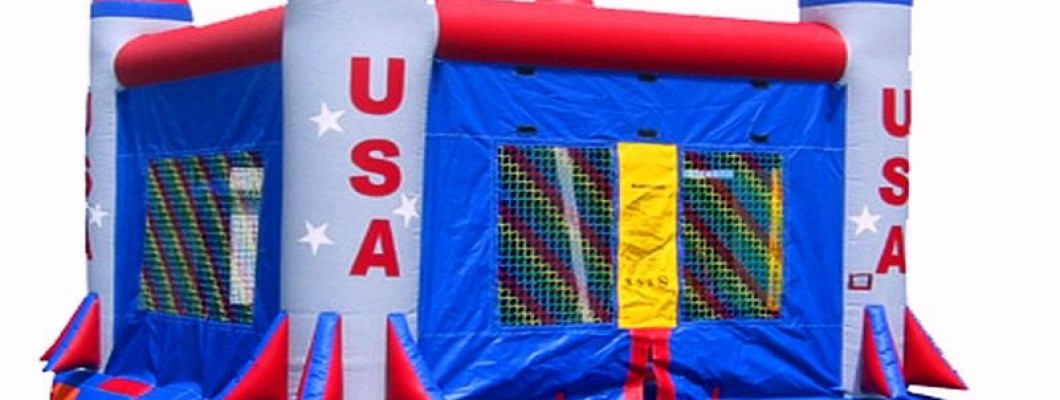
Creating an inclusive environment for children with disabilities in bounce houses is essential for ensuring that everyone can enjoy the fun. With a few thoughtful considerations and modifications, you can make bounce houses accessible and safe for disabled kids. Here’s how to ensure that all children can join in on the bouncing fun:
1. Choose Accessible Bounce Houses
When selecting a bounce house, look for options that are designed with accessibility in mind:
- Wide entrances: Opt for bounce houses with wide, low entrances that make it easier for kids in wheelchairs or with mobility aids to enter and exit.
- Flat, stable floors: Ensure the bounce house has a flat and stable floor to provide a safe and even surface for all children.
- Non-slip surfaces: Select bounce houses that have non-slip surfaces to prevent falls and provide better traction for kids with limited mobility.
2. Implement Proper Supervision
Supervision is key to ensuring safety and accessibility:
- Have trained adults present who can assist children with disabilities as they enter, navigate, and exit the bounce house.
- Establish clear communication between supervisors and kids to address any specific needs or concerns.
3. Create Inclusive Play Guidelines
Set rules that promote inclusivity and safety for all users:
- Encourage all children to help and support one another, fostering an environment of teamwork and inclusion.
- Establish rules regarding the number of children allowed in the bounce house at one time to prevent overcrowding, which can create safety hazards.
4. Offer Adaptations and Assistance
Consider additional adaptations that may help disabled children enjoy the bounce house:
- Assistive devices: Allow the use of assistive devices, such as specialized chairs or support equipment, that can enable children with disabilities to participate.
- Physical assistance: Provide physical assistance or adapted activities for kids who may need help getting in and out or navigating the bounce house.
5. Conduct Safety Checks
Before the playtime begins, conduct thorough safety checks:
- Inspect the bounce house for any potential hazards, such as sharp objects or tears in the fabric.
- Ensure that all inflatables are properly secured and functioning correctly to prevent accidents.
6. Provide a Quiet Space
Some children with disabilities may become overwhelmed by the excitement:
- Set up a quiet area nearby where kids can take breaks if they feel overstimulated or need some alone time.
- Ensure that the quiet area is safe and accessible for all children.
7. Involve Parents and Caregivers
Engaging parents and caregivers in the planning process is vital:
- Consult with parents about their child’s specific needs and any accommodations that may be necessary.
- Encourage parents to supervise their children, providing additional support as needed during playtime.
Conclusion
Ensuring accessibility for disabled kids in bounce houses requires thoughtful planning and consideration. By choosing the right inflatable, creating inclusive guidelines, providing assistance, and involving caregivers, you can create a fun and safe environment where every child can enjoy the bouncing experience. Everyone deserves to join in on the fun!

Leave a Comment